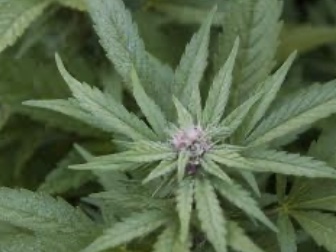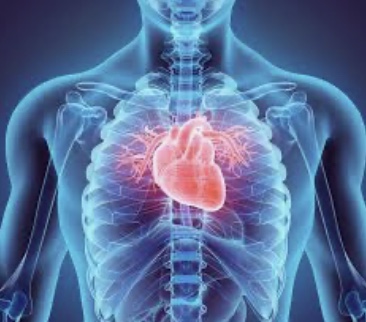This article was adapted from my piece in yesterday’s Baltimore Times.
Overall death rates from heart and blood vessel disease are down, thanks to improved prevention and treatment, but the rates of cardiovascular disease are expected to double over the next 20-30 years among people 65 years and older. Three out of every four men and women in this age group have at least one major risk factor: a history of smoking, diabetes mellitus (sugar diabetes), high blood pressure, and high cholesterol. You can’t stop aging, but the good news is that even if you have several of these risk factors, it’s never too late to boost your cardiovascular health by focusing on what I like to call the “sweet spots.”
Cigarette Smoking: Smoking makes your heart work harder and raises blood pressure. A history of cigarette smoking can shave 10 years off your life, but your risk drops by 50 percent after quitting for one year, and drops more as time goes on.
Sweet Spot: To eliminate the risk, you eventually have to get down to zero cigarettes (without switching to vaping). Non-drug options include hypnotherapy, acupuncture and behavioral counseling. Another option that has worked well for my patients is a prescription nicotine inhalation system that simulates the act of cigarette smoking, while gradually reducing the urge to smoke.
Diabetes Mellitus: High levels of blood glucose (sugar) from diabetes can damage your blood vessels and the nerves that control your heart and blood vessels. Normal glucose is 100 mg/dL, while diabetes is defined as a fasting glucose greater than 125 mg/dL. Between those extremes is a pre-diabetes range,100-125, which often responds well to lifestyle changes: diet, exercise and weight loss.
Sweet Spot: I ask my patients in their 60s or 70s how much they weighed when they were in good shape, in their 20s or 30s. That helps us to develop diet and exercise goals to either halt full-fledged diabetes if they are in the pre-diabetes stage, or role back the metabolic clock if they have early-stage diabetes. The magical amount of weight loss that can often reduce the risk of diabetes or cardiovascular disease is about 5-10 percent of body weight.
High Blood Pressure: Hypertension is quite common, often has no symptoms, yet can lead to stroke and sometimes death. It’s defined as a systolic blood pressure (top number) of 140 mmHg and diastolic blood pressure (lower number) of 90 mmHg and above; the ideal blood pressure is less than 120/80. The goal is to gradually lower blood pressure in older men and women, since a drastic or quick reduction may compromise blood flow to the brain.
Sweet Spot: Too much salt in the diet is one cause of high blood pressure. Limiting salt to no more than half a teaspoon per day can help lower the pressure, as can the use of medication that is gradually adjusted over weeks to months.
High LDL Cholesterol: High LDL (bad cholesterol) can damage your arteries over time and increase the cardiovascular risk. Studies have found that driving down LDL in patients in their 70s and even 80s continued to benefit those patients. A healthy LDL level is less than 100 mg/dL but if you have cardiovascular disease, your LDL target goal should be less than 70 mg/dL.
Sweet Spot: High fiber foods such as oats, beans and psyllium can lower LDL, as can safe and effective cholesterol-lowering medications, which have been proven to reduce the risk of a heart attack and stroke.
Michael Miller, MD, is a Professor of Medicine, Epidemiology & Public Health at the University of Maryland School of Medicine and Director, Center for Preventive Cardiology, University of Maryland Medical Center. He is author of the book, “Heal Your Heart: The Positive Emotions Prescription to Prevent and Reverse Heart Disease.”









